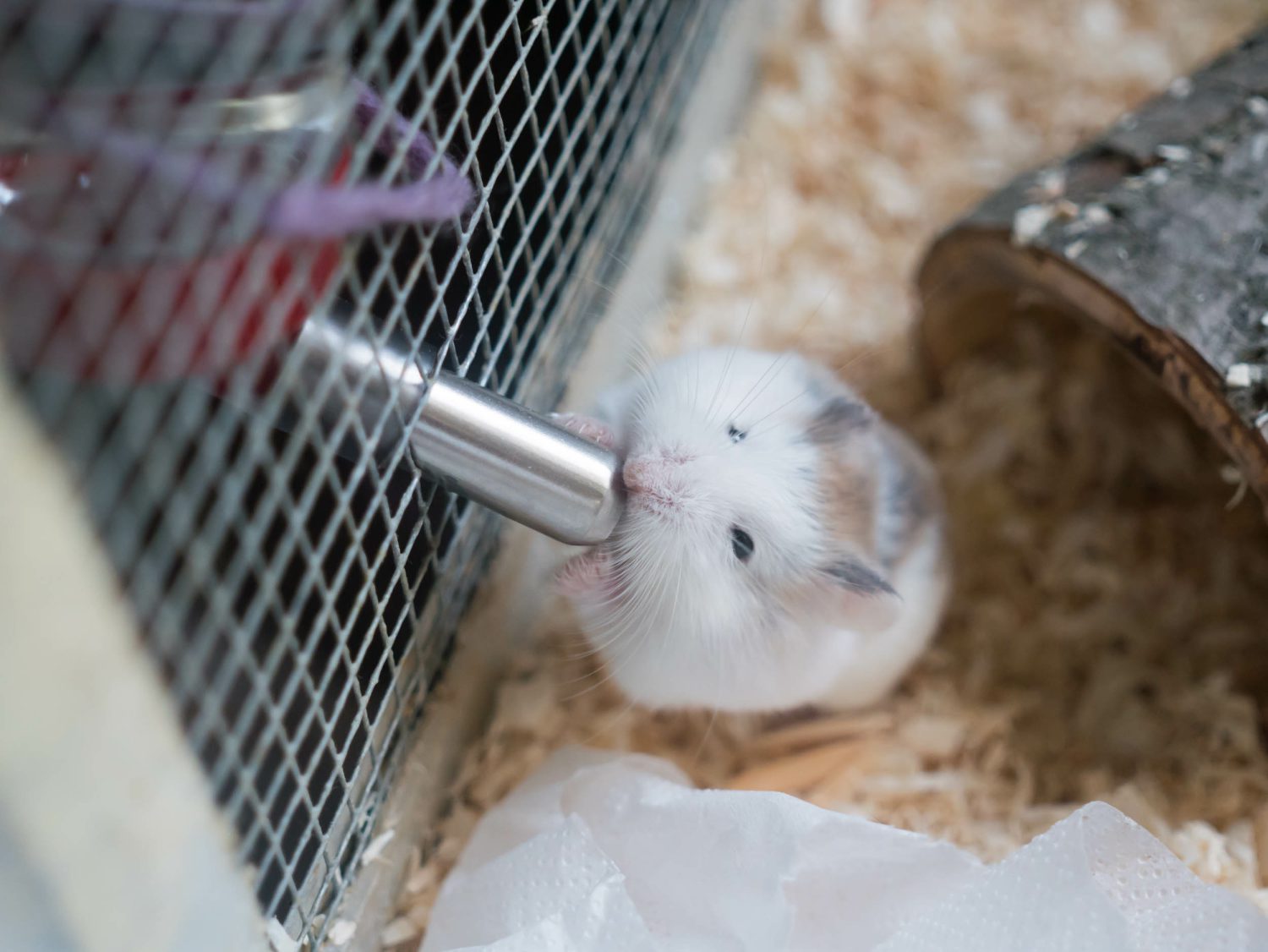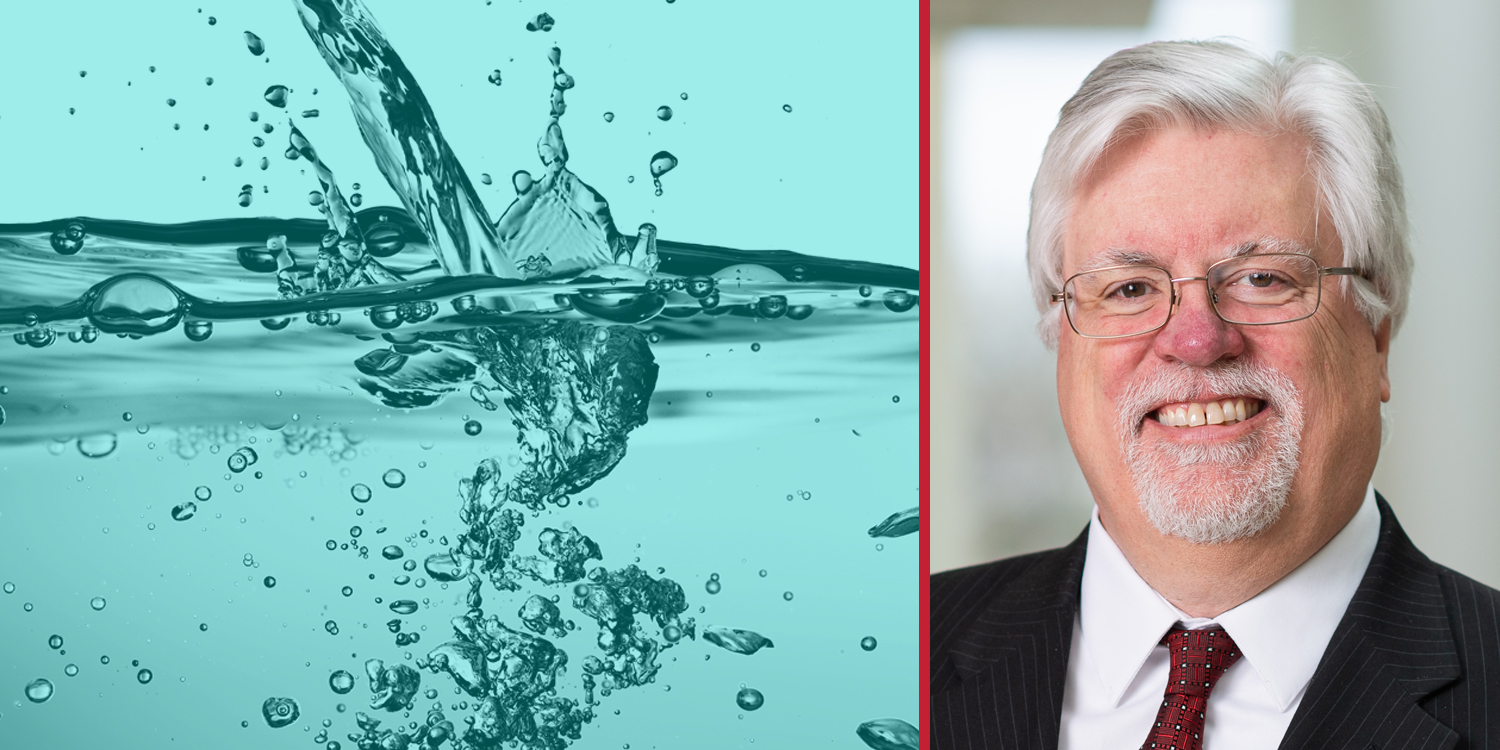In our webinar, “What Type of Water Should Our Research Animals Drink, and Why?” Robert C. Dysko, DVM, DACLAM, discusses how researchers can enhance reproducibility, overall animal welfare, and research results by providing better drinking water to laboratory animals. It’s critical to recognize that there is no existing standard to regulate the type of drinking water research animals drink. Dysko suggests that there needs to be more guidance regarding laboratory animals’ drinking water.
The “Guide for the Care and Use of Laboratory Animals” specifies that animals must be able to access water that is safe to drink and free from contaminants. However, this guideline is somewhat limited in its scope. As a result, many research programs opt to provide animals with water that meets the safety standards set by local authorities. It’s important to note that the water animals drink is not completely sterile. Dysko highlights the necessity for the laboratory animal science community to enhance the quality of drinking water provided to laboratory animals.
The Journey of Your Laboratory Animals’ Drinking Water
Dysko suggests that the drinking water of research animals is potentially a significant variable in research results. Therefore, giving them high-quality drinking water is crucial for accurate and effective research outcomes. That’s why investigating the journey of your laboratory animal’s drinking water is so important. So, how can this be done? Well first, you should examine the source of drinking water at your facility.

The Source of Your Laboratory Animals’ Drinking Water
To begin examining where the water in your research facility comes from, Dysko recommends asking yourself these three pertinent questions about the water at your facility:
- What municipal treatments prepare it for human consumption?
- Which standard treatments, if any, are they not doing?
- Are any of your animals on well water?
For example, some municipalities treat water with fluoride, and others don’t. Do you know if the water in your facility has fluoride in it? Dysko explains how knowledge about these variables could be critical for a thorough research program.
If the water in your facility doesn’t come from the local municipality, it could come from a well. Dysko explains that it is paramount to test well water, as it may be exempt from the standards for municipal water. Also, he points out that at the Unit for Laboratory Animal Medicine (ULAM) at the University of Michigan, they test their well water for nitrates and total coliforms (a type of bacteria) every three years.
The next step is to identify what happens to the water after you get it from the source. Dysko asks if there is a campus-wide system for modifying water, or does modification happen in each building or each vivarium? For example, if you have multiple vivariums across the campus in different buildings, the water might be treated differently in each.
Options For Standardizing Laboratory Animals’ Drinking Water in Your Facility
To refine and standardize laboratory animals’ drinking water, you can treat water in your facility. Below are some options for disinfecting drinking water to make it safer and purer.
- Filtration
- Reverse osmosis (RO) and reverse osmosis/deionization (RODI)
- UV irradiation
- Acidification
- Hyperchlorination
Filtration and Microfiltration is Essential for Safer Drinking Water
The basic filtration with most automated watering systems is 5.0µ, which will remove large particulates. However, to remove smaller substances and microorganisms, such as Cryptosporidium (a protozoan that can sometimes be found in drinking water), standard filtration won’t cut it. That’s where microfiltration comes in. Microfiltration steps down to 1.0µ-0.2µ, which takes out protozoa and most bacteria, but not viruses. Bacterial diameters usually range from 0.2µ-2.0µ.
Reverse Osmosis (RO) Water and Reverse Osmosis/Deionization (RODI) for Lab Animals’ Drinking Water
Dysko explains that UV irradiation is an effective method for disinfecting drinking water. However, it requires precise control. For it to work and effectively kill bacteria, you must have the proper wavelength of light (250-280 nm) and exposure time. Additionally, the water can’t be turbid or cloudy. The window must remain clear, and the light bulb must be free of dust and film. Lastly, it does not remove dead organisms or other compounds from the water. So, as Dysko points out, UV irradiation is a fantastic adjunct but should be paired with other water purification methods.
Acidification to Disinfect Laboratory Animals’ Drinking Water
According to Dysko, some institutions prefer to acidify the water to have a means of residual disinfection. How is this accomplished? Typically, you add hydrochloric acid (HCl) or another acid in the water. The target pH is 2.5-3.0. Any pH lower than that could be hazardous for animals. Also, any pH less than that could degrade piping and water connections.
Hyperchlorination is Effective for Disinfecting Water
Some institutions prefer hyper-chlorinate water to achieve residual disinfection. Some municipal water already contains safe levels of chlorine to disinfect water. If you add more chlorine, it’s hyper-chlorinated. Chlorine levels should be less than 10 ppm. Sometimes chlorine is removed by treatments (such as RO) and so it must be added back in.
Drinking Water as a Potential Variable
Dysko urges you to remember that drinking water is a possible variable. And although it might not be your most substantial variable, it could still be a factor. Hence, you must be mindful of your animals’ drinking water, its limitations, and any significant differences between facilities. He also recommends striving for consistency as much as possible.
Related Blog Story: How to Advance Reproducibility in Biomedical Research
If you missed it, check out one of our recent blog stories, “How to Advance Reproducibility in Biomedical Research.” It features insights from Nuno Henrique Franco, PhD about improving reproducibility in biomedical research, emphasizing ethical laboratory animal care, and refining scientific experiment design.

